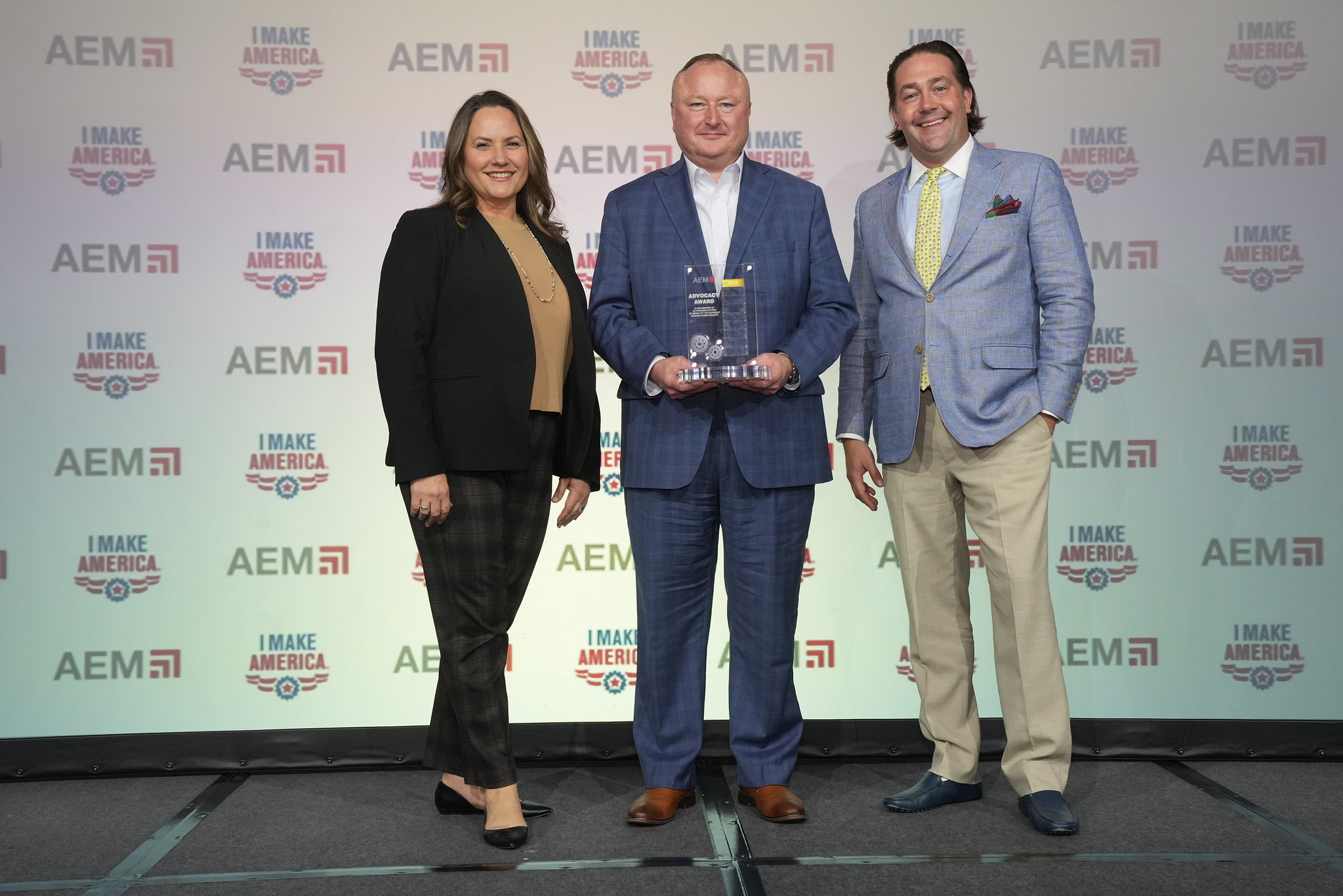By John Felix, Managing Director and Head of Originations, White Oak Global Advisors —
The equipment manufacturing sector is asset-intensive and, correspondingly, capital-intensive with funds required for facility expansion, equipment upgrades, acquisitions and general working capital purposes, all in an effort to maintain competitiveness and fuel growth.
Liquidity – cash and the ability to access cash through a line of credit – is the lifeblood of every company. However, the demand for capital from equipment manufacturers is at odds with the changing regulatory requirements faced by banks.
Commercial banks are under growing regulatory pressure to maintain larger capital reserves and improve balance sheet ratios to cover credit, operational, and market risks. U.S. regulators have proposed July 2025 as the target for the implementation of stricter capital reserve requirements, and banks are well on their way to adjusting their business strategies in an attempt to meet these new regulatory capital standards. What this means for some borrowers is that their long-term “relationship” bank may no longer be able to meet their borrowing needs.
Because of the new regulatory framework, banks are taking a seemingly punitive approach with certain existing borrowers to encourage them to find a new home. Many middle-market companies have recently abandoned their long-time banking relationships and sought refinancing from lesser regulated private credit firms. This decision is oftentimes made because “direct lenders” – synonymous with private credit – provide increased credit availability, which translates to improved financial flexibility for borrowers. As banks retreat, private credit firms are increasingly stepping in to fill financing gaps and provide more flexible accommodations for equipment manufacturing borrowers.
This scenario played out with a Midwest manufacturer that had an asset-based credit facility from a major commercial bank. The bank incrementally reduced the amount of borrowing availability under the credit facility by eliminating previously eligible assets – equipment and real estate – from what the company could borrow against. This was done to encourage the borrower to find another lender. The final straw came when the bank imposed a $20 million “discretionary” reserve to cut off any incremental borrowings, whatsoever. Ultimately, the company conceded and sought refinancing with a private credit lender that allowed the company to borrow against their real estate holdings, plant and equipment assets, and against their working capital assets at more attractive advance rates than the previous bank lender.
The retreat of banks from middle market lending coincides with massive expansion in the private credit category. Private credit firms have evolved from primarily lending to riskier strategies such as distressed debt and are now lending to more creditworthy companies. A decade ago, direct lenders were the “lender of last resort.” Today, most private credit firms are mainstream lenders serving the needs of middle market industrial borrowers. The increased popularity of these lenders is driven by their ability to offer more tailored financing solutions to meet the needs of companies. While the cost of a private credit financing solution is oftentimes 150bps. to 300bps. higher than a typical bank deal, the benefits come in the form of increased borrowing capacity and/or financing flexibility.
Securing financing from a direct lender does not mean you must sever the ties with your long-time bank. In many cases, only the credit relationship is transferred to the private credit lender and the cash/treasury management business remains with the commercial bank. This is viewed as a “win-win” because transferring the cash/treasury management business to another financial institution can be disruptive to a company, and banks relish the ability to maintain this low-risk fee business.
Capital-intensive manufacturers should understand that they are taking the brunt of the tightening regulatory bank environment, and this is only poised to get worse. This is not to suggest there will be a wholesale shift of corporate lending from regulated commercial banks to private credit firms. In fact, there are several instances where commercial banks strike strategic relationships with private credit firms to serve middle market companies. However, manufacturers should understand that private credit providers offer flexible and increasingly affordable alternatives despite the outdated stigmas. The success of the equipment manufacturing industry requires a collaborative financing ecosystem where private credit lenders and banks can leverage their distinct advantages to service these borrowers in the most affordable and adaptable ways possible in the context of changing regulations.
John Felix is a Managing Director and Head of Originations for AEM member company White Oak Global Advisors LLC (“WOGA”). WOGA is an alternative debt manager specializing in originating and providing financing solutions to support small and middle market enterprises at every stage of their lifecycle. WOGA and its financing affiliates provide over twenty lending products to the market that include term, asset-based, and equipment loans.
More information can be found at www.whiteoaksf.com.
Subscribe to the AEM Industry Advisor for more AEM member perspectives.





